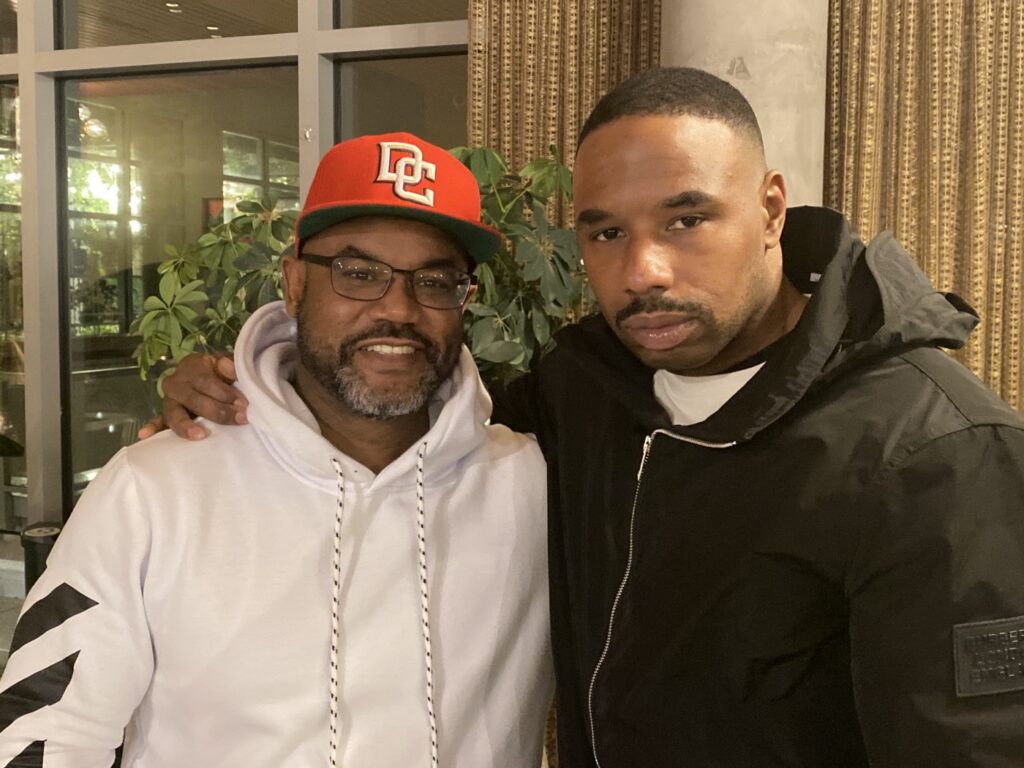INTERVIEW WITH SCHEV’S TOM ALLISON
In 2019, the State Council of Higher Education for Virginia (SCHEV) realized it had been using an out-of-date formula that caused low-income students to receive less state need-based aid than they were eligible to receive. Announcement of this finding and recommendations to fix it resulted in a drastic change to state appropriation for financial aid, with specific benefit to low-income students. While news of the funding change is known, UntappED Potential sought to uncover what led to such a finding and why it remained hidden for so long.
We turned to Tom Allison, Senior Associate of Finance and Innovation at SCHEV, to share what transpired and what state postsecondary policy and data leaders might learn from his experience. The following interview has been edited for clarity and length.
So, what led you to discover the funding glitch?
Allison: When I came to SCHEV in March 2019, the General Assembly had just passed budget language that required SCHEV to review how it oversees finances and financial aid. Virginia is one of the more generous states for financial aid. SCHEV allocates funds to colleges with some loose guard rails and then colleges award it to students.
Seven times a year we collect student data from institutions. We combine that with data we have at the state level and put it all into one large database. My colleague, Lee Andes, SCHEV’s Associate Director of Financial Aid, and I did a full review of the state’s financial aid system. A huge part of this work was analyzing the data set in greater detail, which we never had the time to analyze before. We had always taken the 30,000 foot view.
Our research team made a giant Excel file for one year. A spreadsheet, unlike a database, gives transparency. You can see the fields. You can see the stories of each individual row and student. Each record is a story.
I was trying to recreate the results for students’ unmet financial need, but I wasn’t able to reproduce the results using the formula: cost of attendance minus known gift aid minus expected family contribution (EFC). Then, I found a field called EFC New. I saw that the values of EFC New and EFC were similar for many students, but were different for low-income students. Students with Pell grants often had different values for EFC and EFC New. EFC New had one of three values: same as EFC, $700, or $1,200.
I went to some of my colleagues and learned that EFC New was based on an outdated rationale that no student had a zero EFC because they could work during the summer. This was used in other formulas that drive funding and done originally to ration limited state funds. So they used EFC New for students with a zero EFC to show that they could cover $700 or $1,200.
This wasn’t even official policy. It was just a practice that was used years ago that ended up living beyond its original purpose. Today, there are many more zero EFC students in Virginia than there were 20 years ago.
What was the significance of this finding?
Allison: It meant that certain institutions did not receive the correct amount of financial aid. The use of EFC New determined the lump sum of state aid that SCHEV gave to each institution. The adjustments in EFC New applied to students below the $1,200 or $700 EFC threshold. Institutions with a higher percentage of students with a zero EFC were specifically impacted.
What kind of solution was required?
Allison: We had to get rid of EFC New and only use EFC going forward, which would require the state to provide more state aid to institutions serving low-income students.
Was leadership supportive?
Allison: Peter Blake, the Director of SCHEV, Lee Andes, and other colleagues were very supportive. Several members of the team have a long history at SCHEV. They’ve built up the legitimacy of the work and have experience navigating the political dynamics. As such, SCHEV has a reputation as a stable, trustworthy, and authoritative entity in the state, which helped.
They agreed with the need to fix it and be transparent. We had to let people know we care and are trying to make a difference on equity. SCHEV released a report that addressed it (see pg.12) and recommended a $45 million increase in state financial aid over the biennium.
How did others respond?
Allison: Most folks saw it as a positive, though some wondered what else might be wrong. Most impacted institutions were very happy. All credit is due to Lee Andes, who brought together a team of financial aid officers across institutions and walked them through the early, middle, and final stages of the report to ensure their buy-in.
SCHEV colleagues also talked to the finance committees on both houses of the General Assembly and the Governor’s office. So, there was a lot of stakeholder engagement and feedback prior to the release of the report.
Did the Governor and General Assembly accept SCHEV’s recommendation?
Allison: Yes, until COVID hit. Virginia is a relatively well-managed state fiscally, with a high amount of rainy day funds. The recommendation of a $45 million increase went to the General Assembly in January 2020. The House supported it and the Senate increased it to $60 million, based on SCHEV’s distributions. The Governor signed it in March. When the pandemic began, the Governor had to freeze it in April.
However, Virginia received $66 million from the federal CARES Act and the Governor prioritized financial aid, so about $30 million will go to state aid over the two years instead of $45 million. The House and Senate will come back in January 2021 to determine funding for fiscal year 2022. SCHEV will include this in our fiscal year 2022 recommendations, so this will continue to be a priority.
What have you learned from all of this that can inform other states?
Allison: It’s good to be curious. You have to know what the fields mean and what happens. It’s good to have folks with a range of data skills (database management, analysis, and interpretation) who can look at the database, review it, and check to see that it is right.
How we calculate or estimate student financial need is still a human enterprise. There will always be unintended consequences, misinterpretations, or errors. It’s good to have leadership with historical knowledge and deep experience with state government, politics, and policy to help address such issues.
It was nice to have the time to take a step back and look at it. Civil servants are under a lot of pressure to do what is asked of them by the law and it’s tough to find old errors, but there is a good community of higher ed practitioners who can help.
We are in this work to improve equity. Transparency helps support equity and policy reform.
— —
We are grateful to Tom for sharing his experience on the importance of reviewing not just policy, but also practice. UntappED Potential invites recommendations of other individuals to highlight who are putting equity into practice.



